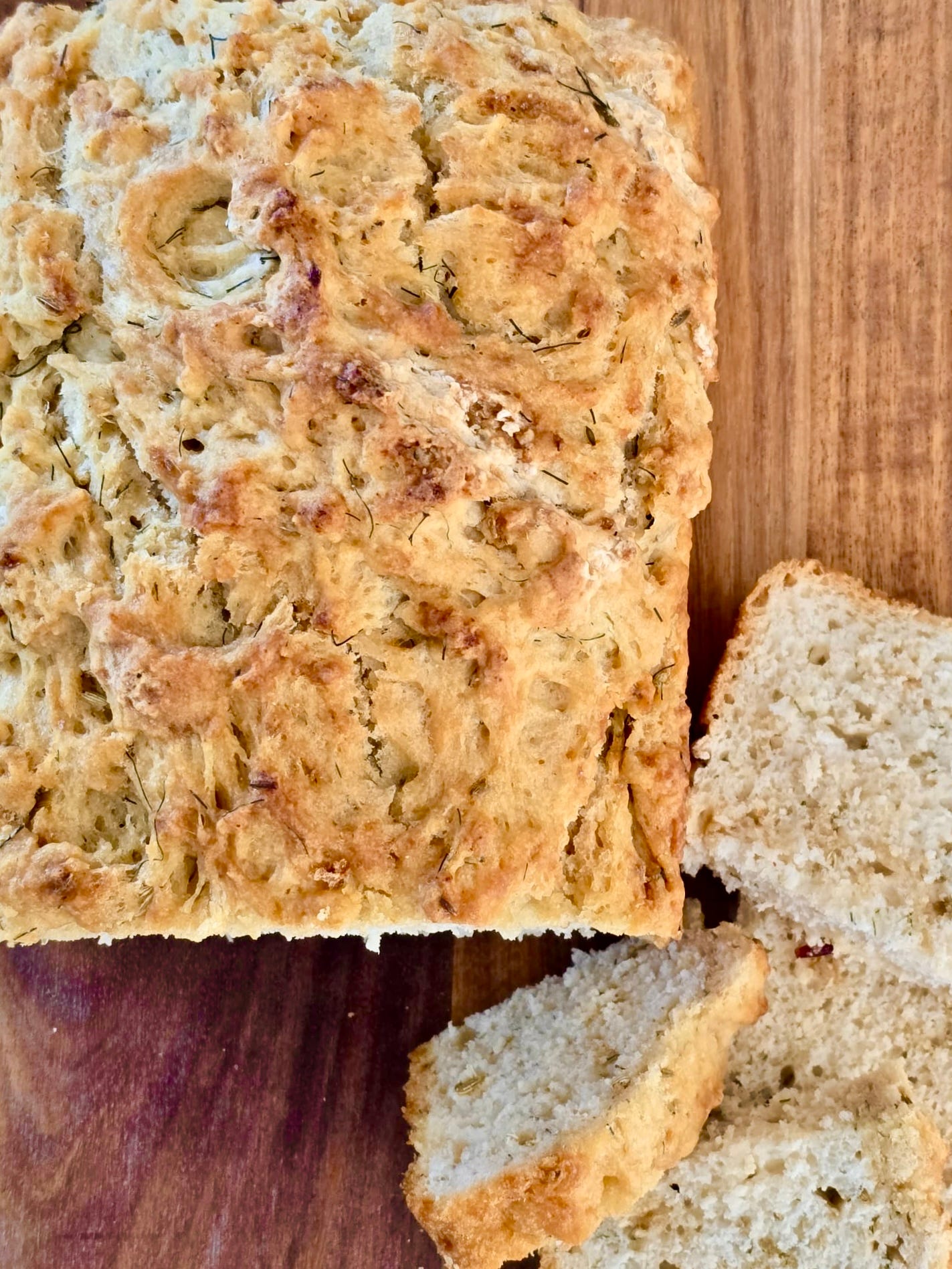Life is like writing with a pen. You can cross out your past but you can't erase it.
—E.B. White, American writer
I love to jot notes in cookbooks, making little tweaks to recipes as I go—a touch more salt, add sherry vinegar, less garlic next time. At first, I wrote these “notes to self” in pencil, as if some future version of me might decide those changes weren’t worth keeping. But as I went back to old favourites, I noticed that the pencil faded over time, imbuing each edit and addition with a tentative, half-hearted quality.
That’s when I picked up my pen.
Over time, my cookbooks have become journals of a kind, documenting the iterative process, the creative choices that change with experience, and the growth that comes with learning. There’s a permanent record now, not just of the recipes but of my evolving relationship with them. I can look back and see where I experimented, made mistakes, or tried something new. It’s the process laid bare, creating a trail of my culinary journey.
Putting pen to paper
As in cookbooks, so in life.
I’ve always taken notes using an old fashioned pen and notebook. While the advent of the computer, the tablet, the phone all present handy devices for note taking, still, the restrictions of linear record-keeping stifle my ability to literally connect the dots on the page. One glance in one of my notebooks might seem indecipherable to others, but those arrows, asterisks, abbreviations and underlines translate into a cohesive whole of a thought pattern that could only be captured by hand.
Just like the notes in my cookbooks, each word committed to paper feels intentional, capturing the process as it is, unfiltered and unrefined. When I choose to write by hand, I let my ideas flow without constant adjustments or edits, allowing them to breathe naturally. There’s no blinking cursor, no delete button; just the quiet, steady rhythm of pen on paper.
Living in ink
So pick up a pen and write boldly, make changes, own them.
We don’t need perfect plans, only the courage to follow them. And when we look back, we’ll see a life written with intent, our iterative process, and a journey marked by choices we believed in deeply enough to keep.
Fennel-Olive Oil Quick Bread
Peggy Knickerbocker, Olive Oil: From Tree to Table
makes one 9x5 loaf
Here’s a recipe that I haven’t added a single note to; I think it’s perfect as is.
It’s likely you have all the ingredients on hands for this easy three-step quick bread, and if not, it’s worth making sure you do. Simple, and simply scrumpcious, the bread can be made and baking in the oven while your guests are nibbling on appetizers.
Ingredients
3 cups self-rising flour
3 tablespoons brown sugar
1 tablespoon crushed fennel seeds
2 tablespoons chopped fresh fennel green fronds, (or fresh dill tops); use 1 tablespoon dried dill if fresh herbs are unavailable)
12 ounces light beer
2 tablespoons extra-virgin olive oil
Heat oven to 375°F. Oil a 9- by 5-inch loaf pan with olive oil.
Combine flour, sugar, fennel seeds and fennel fronds in a medium bowl. Add the beer and stir vigorously with a wooden spoon until well mixed.
Pour the batter into prepared loaf pan and pour the olive oil evenly over the top. Bake until the top is golden, and a toothpick inserted in the loaf comes out dry, 50 to 55 minutes. Let cool for 10 minutes on a wire rack, and remove from pan.
Serve while still warm with your best butter.






Beautifully conveyed…
“We don’t need perfect plans, only the courage to follow them. And when we look back, we’ll see a life written with intent, our iterative process, and a journey marked by choices we believed in deeply enough to keep.”